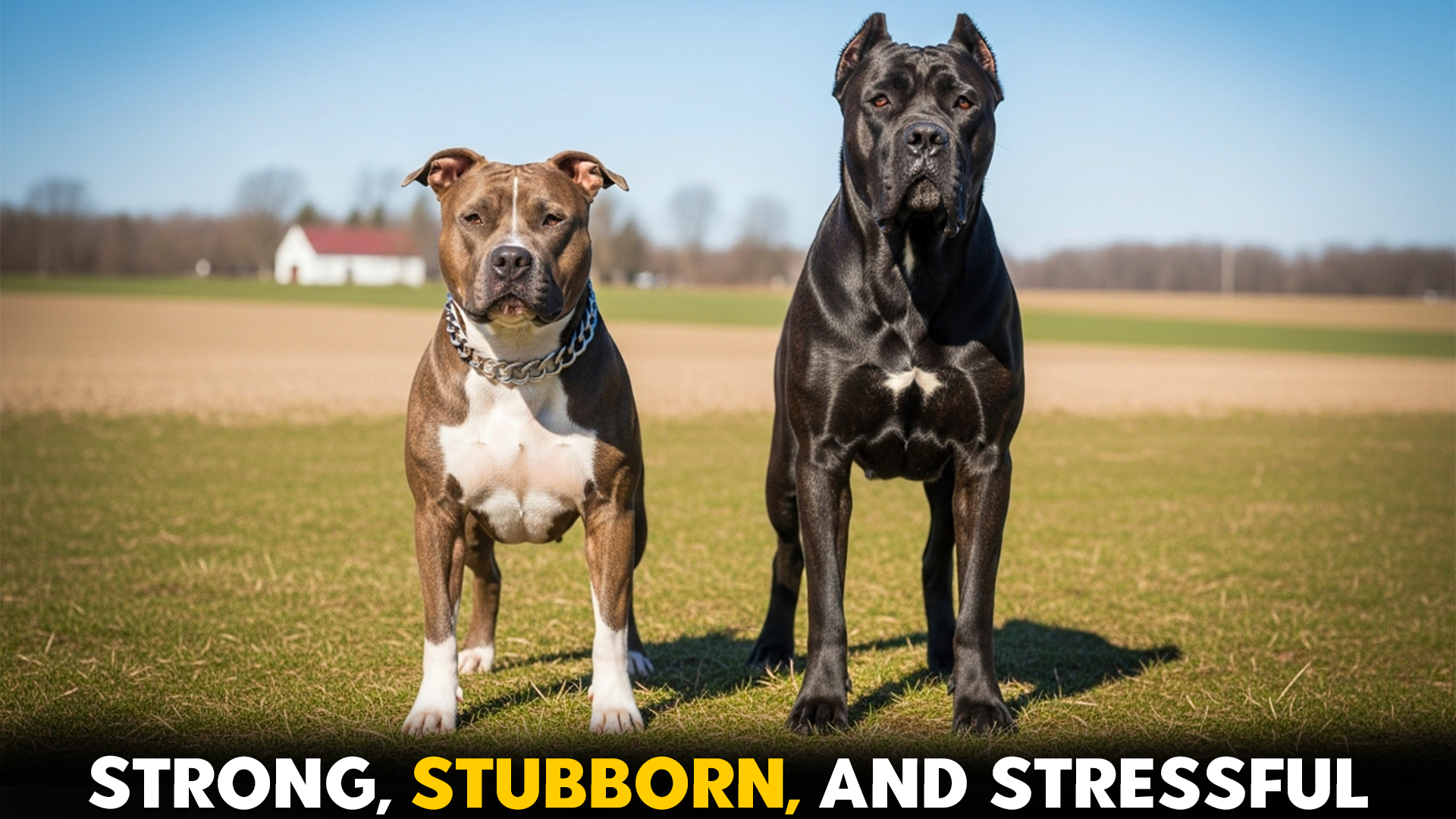Have you ever fallen in love with a dog’s fluffy face only to realize it’s more than you can handle? Not every dog breed fits every home, and that’s where many well-meaning owners go wrong. Some breeds come packed with energy, independence, or protective instincts that can overwhelm even the most devoted pet lovers.
Owning a dog isn’t just about affection; it’s about understanding compatibility, lifestyle, and responsibility. Certain breeds require constant training, long exercise hours, or a firm, experienced hand that casual owners might not be prepared for.
Knowing which dogs to avoid doesn’t make you less of an animal lover; it makes you a thoughtful one. Before bringing a new companion home, it’s wise to learn which breeds are better admired from afar to ensure a happy, stress-free bond between human and hound.
Dog Breeds You Should Refrain from Keeping
1. Cane Corso
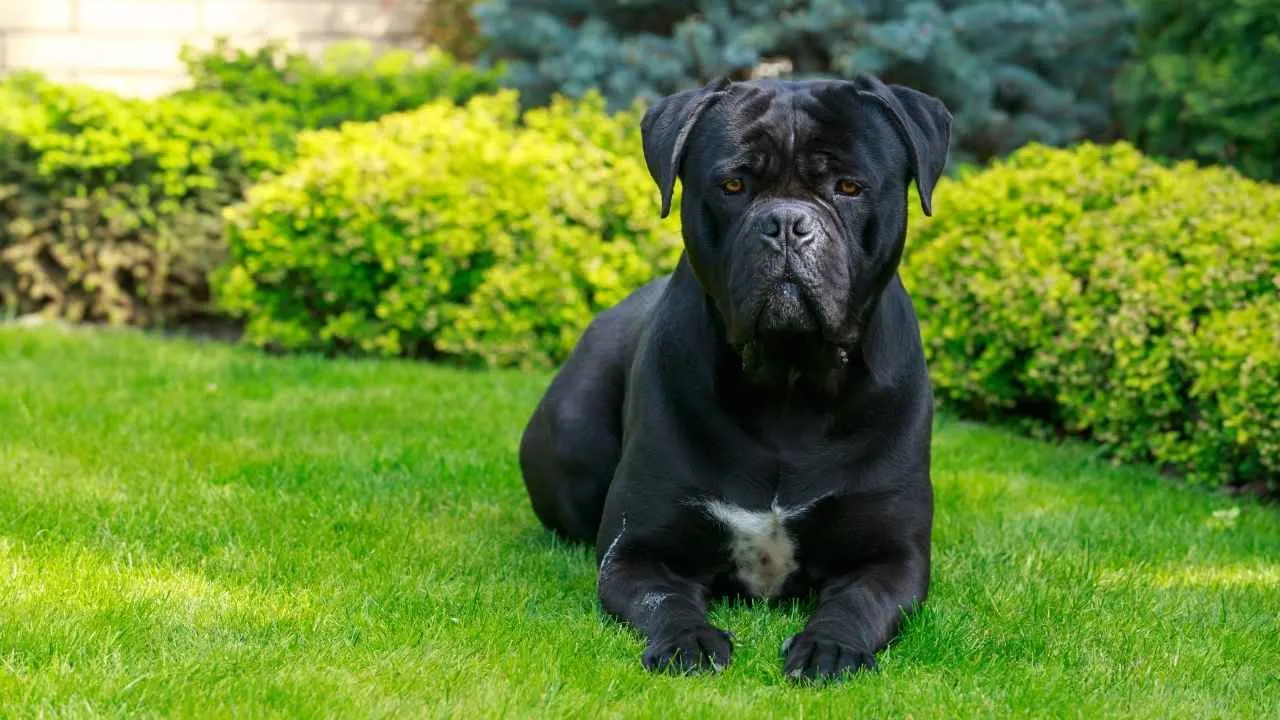
The Cane Corso is a powerful Italian mastiff known for its strength, loyalty, and intelligence. Originally bred as a guardian and hunter, this breed has an imposing presence that can intimidate intruders but also offers unwavering devotion to its family. Their athletic build and alert demeanor make them natural protectors.
Cane Corsos require consistent training and early socialization to thrive. Without firm guidance, their protective instincts can turn into territorial aggression, especially around strangers or unfamiliar dogs. This is not a breed for first-time owners.
Exercise is crucial for the Cane Corso. They need daily walks, structured playtime, and mental stimulation to channel their energy positively. A bored Cane Corso may become destructive or anxious.
Despite their intimidating size, they form deep emotional bonds with their owners. These dogs are affectionate with family members and often become shadow-like companions who follow you everywhere.
According to PETA, unethical breeding practices can cause serious health issues such as impaired breathing, bloat, and joint problems. These conditions often lead to a painful life for the dog and significant veterinary expenses for the dog owner.
Potential owners should be prepared for a strong-willed, intelligent dog that needs leadership and commitment. When raised properly, the Cane Corso becomes a loyal and impressive member of the family.
Fun Fact
The Cane Corso’s name comes from the Latin word “cohors”, meaning “guardian” or “protector.” Ancient Romans once used them as war dogs and estate defenders.
2. American Pit Bull Terrier
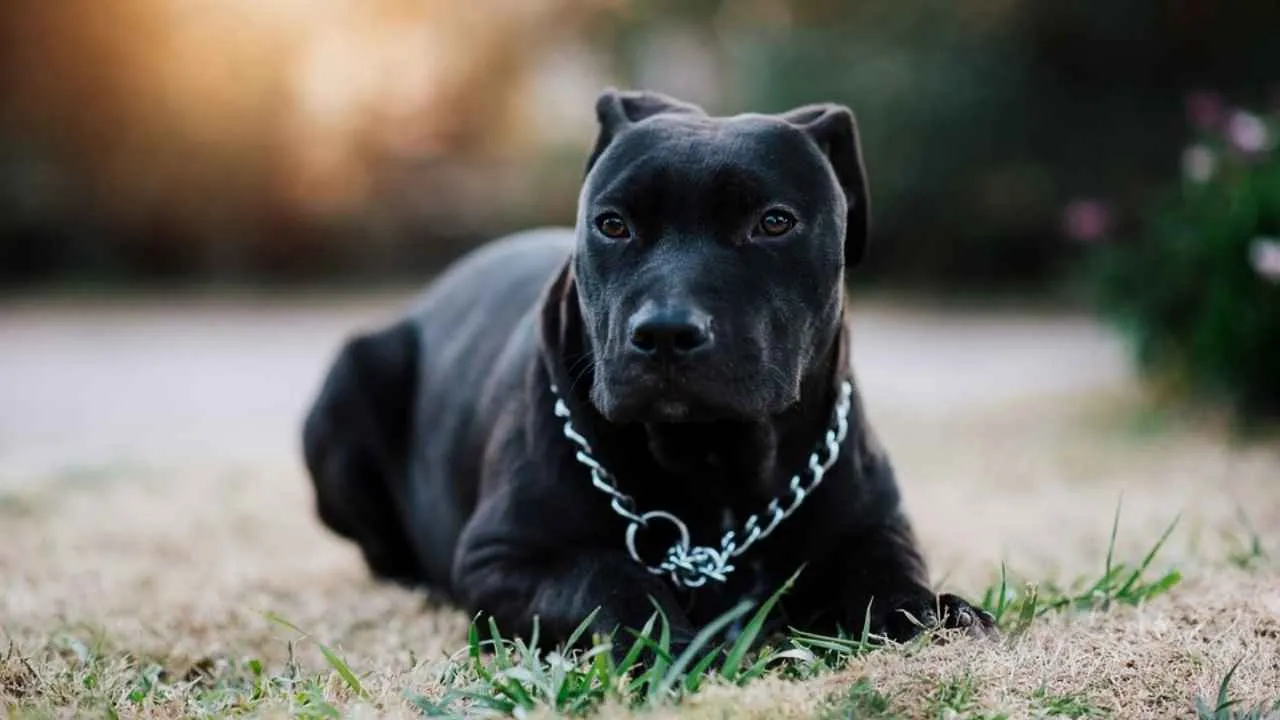
The American Pit Bull Terrier is one of the most misunderstood breeds in the world. Known for its muscular frame and fearless spirit, it’s often labeled aggressive due to irresponsible ownership and poor training. In reality, a properly socialized Pit Bull is loyal, affectionate, and eager to please.
Despite their reputation, studies show that well-trained Pit Bulls pass temperament tests at a rate of over 85%, higher than many popular breeds, as per ATTS.org. With a powerful bite force averaging around 235 PSI, strength must be balanced with structure, making responsible ownership essential.
Pit Bulls have incredible strength and determination, which made them popular in early bull-baiting sports. These same traits mean they need strong, confident handlers who can establish boundaries without harshness. Consistent training and social interaction are essential.
Their playful, clownish personality shines when raised in a loving home. Pit Bulls crave attention and thrive on human companionship, making them poor choices for people who leave pets alone for long periods.
However, their high energy levels and prey drive can be challenging. Without proper outlets, they may become anxious or reactive toward other animals. Responsible ownership and education are key to reducing the stigma around this breed.
Despite the controversies, Pit Bulls can be excellent family dogs for experienced owners who invest time in training and affection. Their courage and loyalty are unmatched once they trust you.
Fun Fact
The Pit Bull was once nicknamed “The Nanny Dog” in the early 1900s because of its gentle nature with children. Their patience made them popular family companions before the breed was misused in illegal dog fighting.
3. Presa Canario
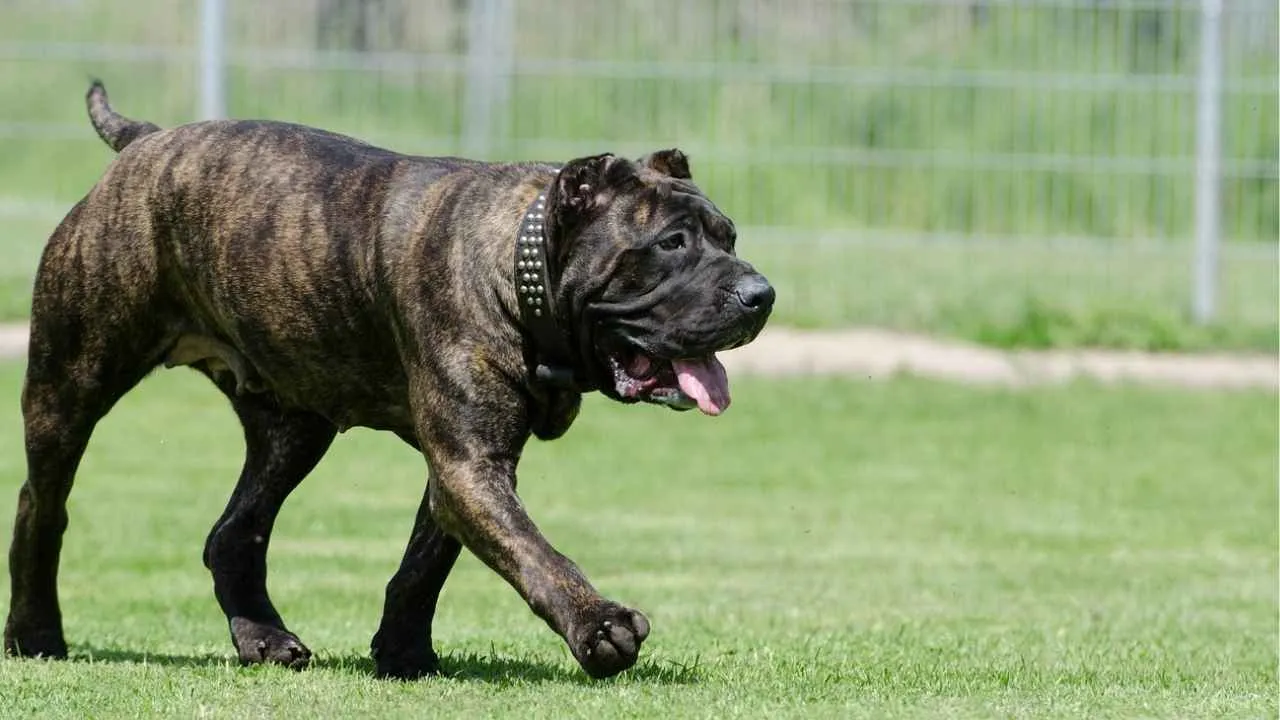
The Presa Canario is a massive, confident dog originating from Spain’s Canary Islands. Historically used to guard livestock, this breed combines endurance, power, and a calm yet dominant personality. Its appearance alone is enough to deter most intruders.
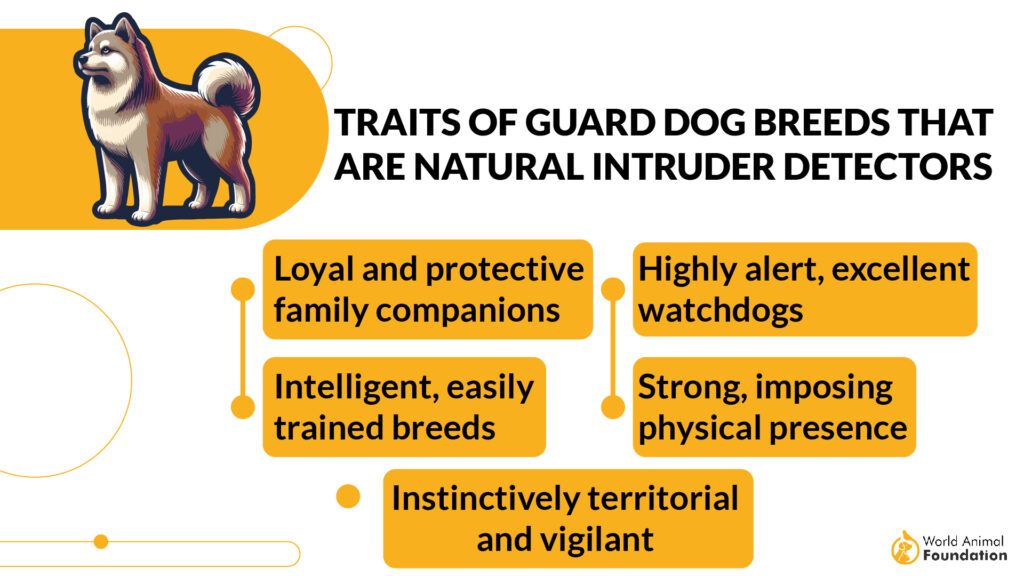
This breed’s protective instincts are among the strongest of all dogs. Without structured training, a Presa Canario can become overprotective or suspicious of strangers. Experienced handling is essential to manage their natural dominance.
They are intelligent and highly observant, making them quick learners when trained with patience and consistency. Harsh discipline can backfire with this breed, as they respond better to firm but calm leadership.
Socialization is a lifelong process for a Presa Canario. Regular exposure to people and animals helps them remain stable and confident rather than defensive. These dogs thrive in homes with ample space and a clear hierarchy.
Owning one is a major commitment. While fiercely loyal, their power and assertiveness make them unsuitable for novice owners or small living spaces.
Fun Fact
The Presa Canario’s bite force is estimated to exceed 500 PSI, making it one of the strongest in the canine world. Despite this, they are known to be calm and quiet when relaxed around trusted humans.
4. Dalmatian
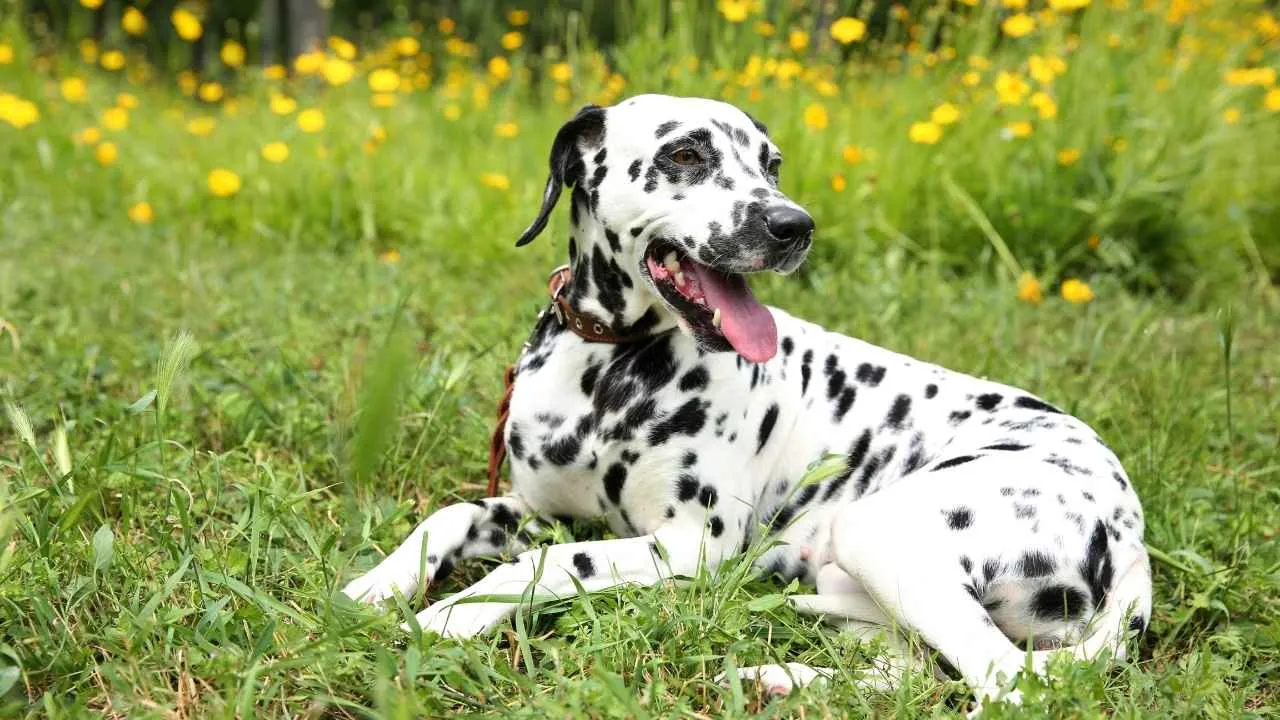
The Dalmatian’s spotted coat and charming looks have made it a pop culture icon, but appearances can be deceiving. Behind that sleek pattern lies an energetic, intelligent, and sometimes demanding dog. Dalmatians were bred to run alongside horse-drawn carriages, which explains their boundless stamina.
They are social dogs but can be stubborn and independent. Without enough physical and mental activity, they quickly become bored and mischievous. Owners must be prepared for an active lifestyle.
Dalmatians are known for their strong personalities and occasional sensitivity to rough handling. Gentle, consistent training brings out their best traits, enthusiasm, loyalty, and playfulness.
One important consideration is their genetic predisposition to deafness and urinary issues. Responsible breeding and regular vet care are vital for maintaining their health and happiness.
While stunning and smart, Dalmatians are best suited for owners who enjoy running, hiking, and spending active time outdoors. They reward effort with affection and endless energy.
Fun Fact
Dalmatians have a unique history as “coach dogs,” trained to run beside carriages and guard horses. Their endurance and attention to detail made them the world’s first canine firefighters.
5. Alaskan Malamute
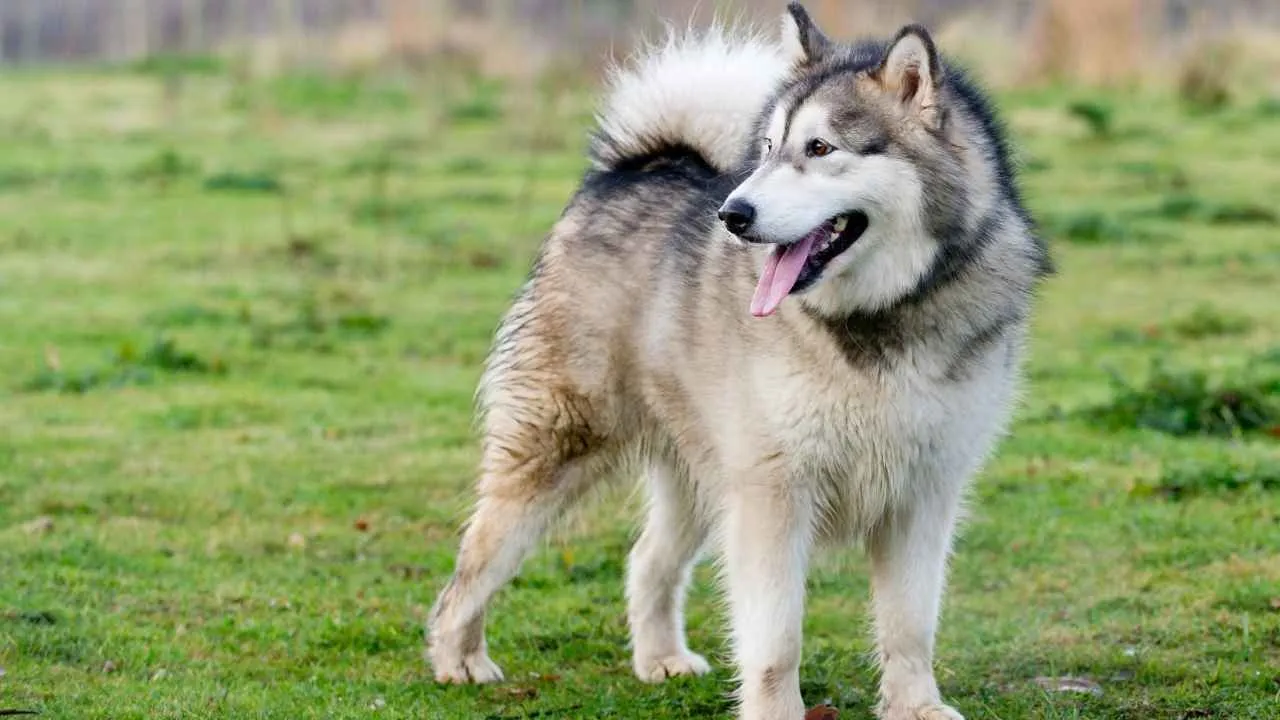
The Alaskan Malamute is a majestic, wolf-like sled dog bred for endurance and strength. Originally developed by the Mahlemut Inuit tribe, this breed was made to pull heavy loads across frozen terrain.
Their thick coat, powerful frame, and expressive eyes make them captivating, but their needs are not for the faint-hearted.
Malamutes have immense energy and independence. They require hours of daily exercise and mental stimulation to prevent destructive behaviors. Without a purpose, these intelligent dogs may dig, chew, or try to escape fenced yards.
They are affectionate and loyal, but can be stubborn when it comes to training. Their strong-willed nature demands experienced handlers who use positive reinforcement and consistency. Early socialization helps reduce dominance issues around other dogs.
Despite their friendly appearance, Malamutes possess a high prey drive. They may chase smaller animals or clash with same-sex dogs if not properly managed.
This breed thrives in cool climates and active households. Families who enjoy hiking, running, or winter sports will find them exceptional companions with incredible endurance.
Fun Fact
The Alaskan Malamute is one of the oldest Arctic sled breeds, believed to be over 4,000 years old. Their ancestors helped early Arctic explorers haul supplies across treacherous ice fields.
6. Akita

The Akita is a dignified and powerful breed from Japan, admired for its loyalty and courage. Originally bred for hunting large game like boar and bear, the Akita commands respect with its noble stance and thick, plush coat. Despite its beauty, it can be a challenging companion for inexperienced owners.
Akitas are known for their independence and strong guarding instincts. They bond deeply with family but can be wary or aloof with strangers. Proper training and early socialization are vital to keep their confidence from turning into aggression.
This breed prefers calm, structured environments and doesn’t thrive with excessive chaos or constant social activity. They’re best suited for quiet homes with patient owners who understand their reserved temperament.
Training an Akita requires gentle authority and consistency. They are intelligent but dislike repetition, so creative engagement works best for obedience and bonding.
Though they can be stubborn, Akitas are deeply affectionate once trust is earned. Their devotion is unwavering, and they often show affection subtly—through presence rather than playfulness.
Fun Fact
The Akita is considered a national treasure in Japan. A bronze statue of Hachikō, the famously loyal Akita who waited daily for his deceased owner, stands outside Tokyo’s Shibuya Station.
7. Anatolian Shepherd Dog
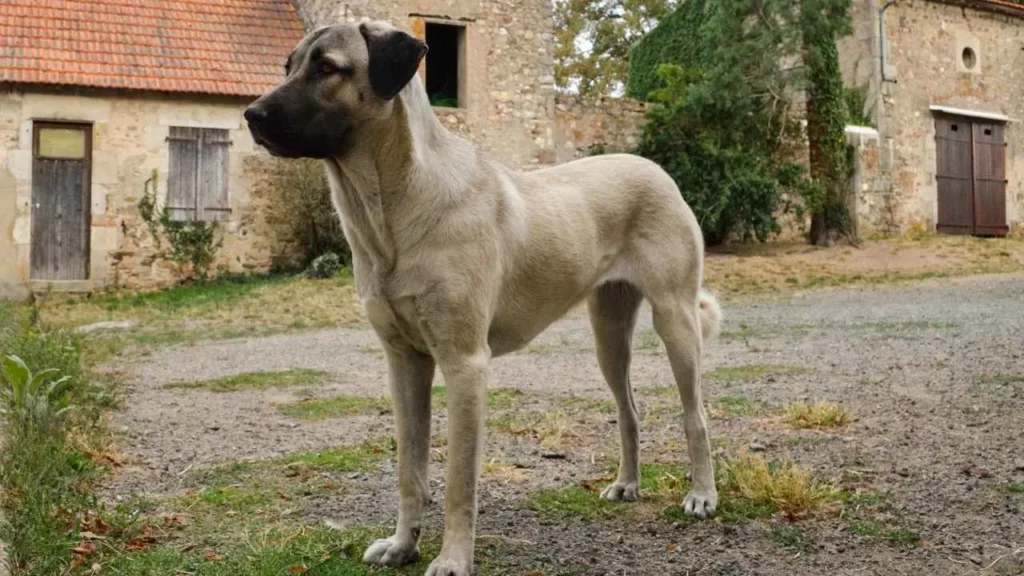
The Anatolian Shepherd Dog is a fearless livestock guardian hailing from Turkey. This ancient breed was bred to protect herds from predators like wolves and bears, and that protective instinct remains deeply ingrained. Standing tall and strong, the Anatolian radiates quiet confidence.
According to the AKC, these dogs are fiercely independent thinkers, capable of making decisions on their own. While this makes them exceptional protectors, it also means they’re not ideal for obedience-focused households. They prefer to act on instinct rather than constant commands.
Anatolians form strong bonds with their families but are often aloof with outsiders. Socialization from an early age helps balance their natural suspicion and reinforces stability in new environments.
Due to their strength and dominance, consistent leadership is essential. They need space to roam and tasks to fulfill—idle Anatolians can become restless or overprotective.
Though not traditionally affectionate in the cuddly sense, they display loyalty through vigilance and quiet companionship. Their calm, observant nature makes them exceptional guardians for rural properties.
Fun Fact
Anatolian Shepherds can reach speeds of up to 30 miles per hour, allowing them to chase down predators quickly. Their alertness and stamina make them one of the best livestock guardian breeds in the world.
8. Rottweiler
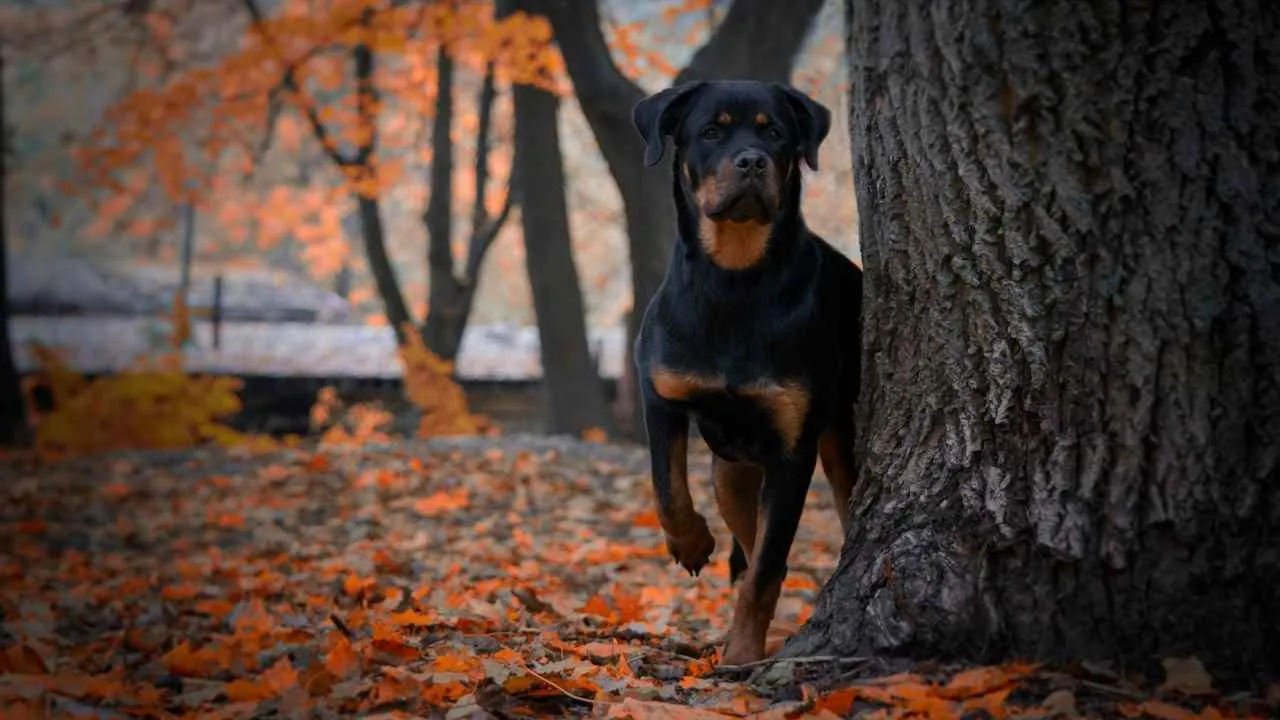
The Rottweiler is a confident, intelligent, and muscular working breed originally used to drive cattle and pull carts in Germany. Their striking appearance and calm dominance make them both admired and misunderstood. With proper training, they’re loyal protectors and loving family members.
Rottweilers are powerful dogs that need structure and discipline from day one. Without clear boundaries, they can develop dominance issues or become overly territorial. Consistent leadership builds trust and obedience.
They are surprisingly affectionate with their families and have a playful, goofy side when relaxed. Despite their intimidating looks, well-trained Rottweilers are gentle and reliable around children they know.
These dogs excel in tasks such as guarding, search and rescue, and obedience competitions. Their intelligence and drive make them happiest when they have a job to do.
Potential owners should prepare for a breed that thrives on purpose and connection. Neglecting their mental and physical needs can lead to destructive habits or anxiety.
Fun Fact
Rottweilers were among the first police and military dogs in the early 20th century. Their loyalty and courage made them ideal service animals for demanding roles.
9. Chihuahua
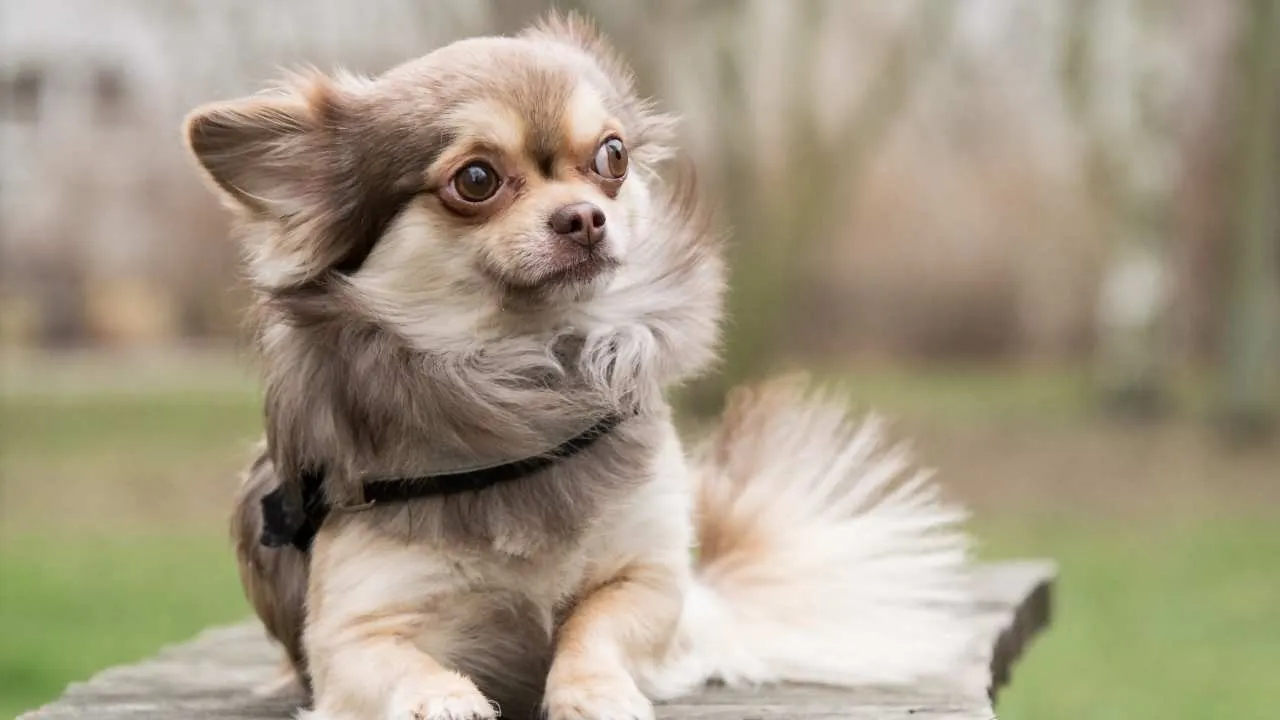
The Chihuahua is proof that small size doesn’t mean small personality. Weighing under six pounds, these dogs are spirited, bold, and full of sass. Their expressive eyes and loyal nature make them beloved companions, but they come with big-dog attitudes in tiny bodies.
Chihuahuas are incredibly alert and protective of their owners. They often bond intensely with one person and may act suspiciously or snappily toward strangers. Proper socialization helps soften their reactive tendencies.
Because of their size, they’re prone to injury if handled roughly or left unsupervised with children. Despite their small stature, they require just as much mental stimulation and training as larger breeds.
Chihuahuas are surprisingly vocal and love to announce visitors or noises. Apartment dwellers must train them early to manage barking and reduce stress triggers.
These pint-sized dogs thrive on affection and attention. They’re happiest as lap companions who enjoy warmth, routine, and a cozy spot to nap.
Fun Fact
Chihuahuas have the largest brains in proportion to their bodies of any dog breed. This intelligence, paired with boldness, gives them their trademark “big dog in a small body” charm.
FAQs
1. How can I know if a dog breed is too difficult for beginners?
If a breed demands constant mental and physical stimulation, it may be tough for first-time owners. Dogs that need structured training, regular exercise, and firm leadership tend to overwhelm inexperienced handlers. Always research the breed’s temperament and activity needs before adopting.
2. Can strong and dominant breeds be dangerous for inexperienced owners?
Yes, powerful dogs with natural instincts to guard or herd can easily overpower an untrained owner. Without proper socialization, they may develop undesirable behaviors or react aggressively to perceived threats. Responsible ownership and consistent training reduce these risks.
3. How can grooming needs make a breed hard to keep?
Some dogs have coats that require daily brushing, trimming, or bathing. Ignoring grooming can lead to skin problems and discomfort, especially in active breeds that play outdoors often. Understanding care needs ensures your pet stays healthy and content.
Conclusion
Choosing the right dog breed plays a significant role in a happy relationship between owner and pet. Breeds that require constant mental and physical stimulation can develop undesirable behaviors if not properly trained. Regular exercise helps prevent health issues like hip dysplasia and channels strong prey drive into positive play.
Guard dogs and herding breeds, such as the Doberman Pinscher and German Shepherd, need structured routines to manage their natural instincts. Border Collies and similar herding dogs thrive on challenging tasks and time with other pets or people.
An untrained puppy may show fear or jumping habits, but consistent attention and training create a loyal friend for life. Other dog breeds, such as Sheepdogs, Dobermans, and similar working types, also tend to need patience and commitment to stay balanced, happy, and well-behaved.


